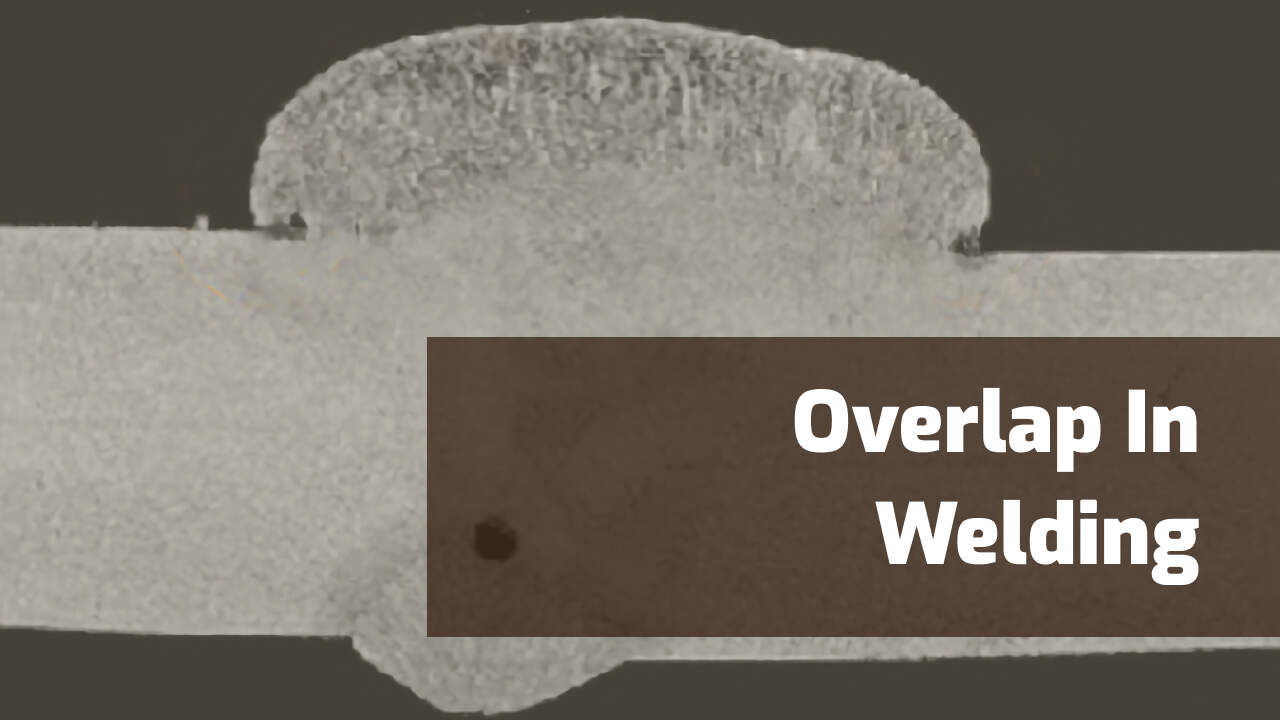Ideal Practices for Preventing Weld Undercut: Understanding the Fundamentals
Ideal Practices for Preventing Weld Undercut: Understanding the Fundamentals
Blog Article
Essential Tips for Welders: Avoiding Undercut Welding and Ensuring Stronger Weld Joints
In the world of welding, accomplishing strong and resilient weld joints is the keystone of creating premium work. One common obstacle that welders commonly come across is undercut welding, which can jeopardize the integrity of the weld joint.

Recognizing Undercut Welding
Undercut welding is a common welding flaw that occurs when the weld steel falls short to correctly load the groove and results in a groove-like clinical depression along the weld bead. This flaw damages the weld joint, making it vulnerable to fracturing and failure under anxiety. Damaging can be triggered by different variables, including extreme welding existing, high welding speed, incorrect electrode angle, inaccurate electrode dimension, and poor welding method.
Among the major reasons for undercut welding is a discrepancy in between the welding existing and the welding rate. If the welding current is too expensive or the welding speed is as well quickly, the weld steel may not sufficiently load the groove, leading to undercutting. Furthermore, utilizing an electrode that is as well huge can cause a similar result, as the excess steel can not properly flow into the groove.
To stop undercut welding, welders need to guarantee they are making use of the proper welding parameters, maintain a suitable electrode angle, choose the suitable electrode size, and method appropriate welding methods. By dealing with these aspects, welders can lessen the danger of damaging and develop more powerful, extra trusted weld joints.
Proper Welding Strategy
Effective welding technique plays a critical function in ensuring the top quality and stability of weld joints. One fundamental facet of appropriate welding technique is keeping the appropriate angle and distance in between the welding gun and the work surface.
Furthermore, a stable and consistent hand motion is important for creating strong and durable weld joints. Welders must go for smooth, consistent movements to make certain even circulation of the weld material. Appropriate adjustment of the welding gun and filler product is also crucial to achieving ideal penetration and combination.
In addition, managing the warmth input and selecting the proper welding parameters based on the product being bonded are vital variables in accomplishing high-grade welds - Preventing weld undercut. Welders ought to comply with the advised settings offered by welding treatment specifications and adjust them as required based on the certain requirements of the job. By mastering appropriate welding methods, welders can substantially improve the stamina and dependability of their weld joints
Choosing the Right Electrode
Preserving the proper angle and range between the welding gun and the work surface is basic when thinking about the relevance of choosing the best electrode in welding applications. The choice of electrode plays an important function in figuring out the top quality and toughness of the weld joint. Electrodes can be found in numerous kinds, each created for certain objectives and products.
To start with, picking the ideal electrode size is crucial. Thinner electrodes are ideal for welding slim products, resource while thicker electrodes are better for thicker materials and higher warmth applications. Matching the electrode size to the density of the workpiece helps achieve a well balanced weld.
Secondly, understanding the material composition of the electrode is essential. Various electrodes are made for welding details products like steel, stainless steel, aluminum, or cast iron. Using the proper electrode product makes sure great fusion and minimizes the threat of issues in the weld.
Finally, thinking about the welding position and strategy is critical when selecting the electrode type. Specific electrodes are better matched for above or vertical welding placements, while others work well for level or horizontal placements. Choosing the right electrode based upon the welding method boosts the general weld quality and stability.
Preparing the Base Metal
To make sure an effective welding process, what preliminary actions should be taken when preparing the base steel for welding? Additionally, any type of existing weld product or deposit from previous welding ought to be eliminated to make certain a clean surface for the new weld.

Carrying Out Post-Weld Inspections

After conducting these assessments, welders have to contrast the results versus sector requirements and job requirements to guarantee that the weld joint satisfies all required criteria. Any kind of inconsistencies or inadequacies uncovered during the post-weld inspection should be without delay attended to with appropriate rehabilitative procedures to guarantee the weld's honesty. By carefully carrying out post-weld inspections and without delay dealing with any problems, welders can support the top quality and dependability of their work, eventually contributing to the safety and security and durability of the bonded structures.
Verdict

To conclude, stopping undercut welding and guaranteeing more powerful weld joints require a mix of proper welding method, choosing the ideal electrode, preparing the base steel properly, and performing post-weld evaluations. By recognizing look at this site the sources of undercut welding and carrying out the necessary safety measures, welders can generate premium weld joints that fulfill industry requirements and make certain the structural stability of the bonded components.
Undercut welding is a typical welding issue that occurs when the weld metal stops working to effectively fill the groove and results in a groove-like anxiety along the weld grain (Preventing weld undercut). Damaging can be caused by different aspects, consisting of excessive welding current, high welding speed, incorrect electrode angle, wrong electrode dimension, and poor welding technique
One of the primary factors for undercut welding is an inequality in between the welding existing and the welding speed. If the welding current is too find here high or the welding speed is as well quick, the weld steel might not appropriately fill the groove, leading to undercutting.Maintaining the appropriate angle and distance between the welding gun and the workpiece is essential when thinking about the value of picking the appropriate electrode in welding applications.
Report this page